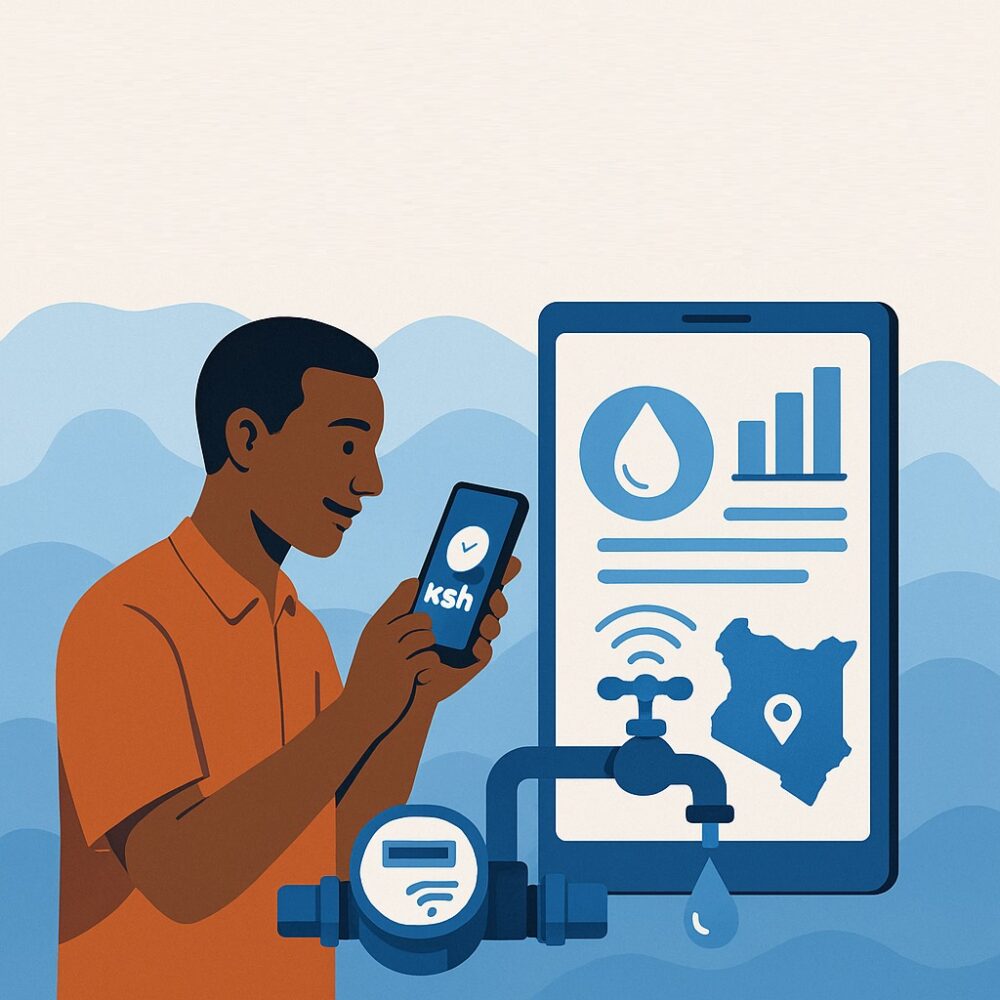Water scarcity and inefficiency have long challenged Kenya’s water sector, but a wave of digital innovation is starting to reshape the landscape. Across urban centers and arid towns, utilities are embracing technology to improve billing, cut losses, and ensure more reliable water delivery.
A major leap forward has been the introduction of smart water meters. These devices provide real-time consumption data and enable the quick detection of leaks and illegal connections. Counties such as Nakuru and Kisumu have piloted these meters with promising results, notably reducing water loss and enhancing revenue accuracy.
Enterprise Resource Planning (ERP) systems have become the backbone of this shift. Platforms like Utility Master are streamlining critical operations automating meter readings, billing, invoicing, payment tracking, and debt management. When integrated with mobile payment systems like M-Pesa, these platforms support fast and transparent transactions, strengthening financial sustainability for utilities.
Digital mapping and real-time monitoring are also gaining ground. Geographic Information Systems (GIS) are helping utilities map water infrastructure more accurately, while IoT-enabled SCADA systems provide remote oversight of pumps, tanks, and treatment plants. These tools improve responsiveness, limit service interruptions, and boost overall efficiency.
On the consumer side, mobile apps are enhancing the customer experience. A prime example is the Maji Safi app, which allows users to view bills, report issues, and track account balances. Most notably, the app enables customers to order clean water from licensed bowsers. Through a live bidding feature, users can compare prices, assess source quality, and choose the most affordable and safe option especially vital in informal settlements and drought-hit areas.
New frontiers are also being explored through artificial intelligence. Utilities are testing AI tools that predict water demand spikes, identify system anomalies, and prevent failures before they occur. These capabilities are expected to be critical in strengthening water resilience in the face of climate change.
Despite the progress, challenges remain. High costs, limited digital literacy, and legacy infrastructure slow broader adoption. However, growing success stories underscore the potential of smart solutions. As Kenya’s cities expand and water becomes increasingly precious, digital transformation is proving essential to building a more efficient, transparent, and inclusive water future.

